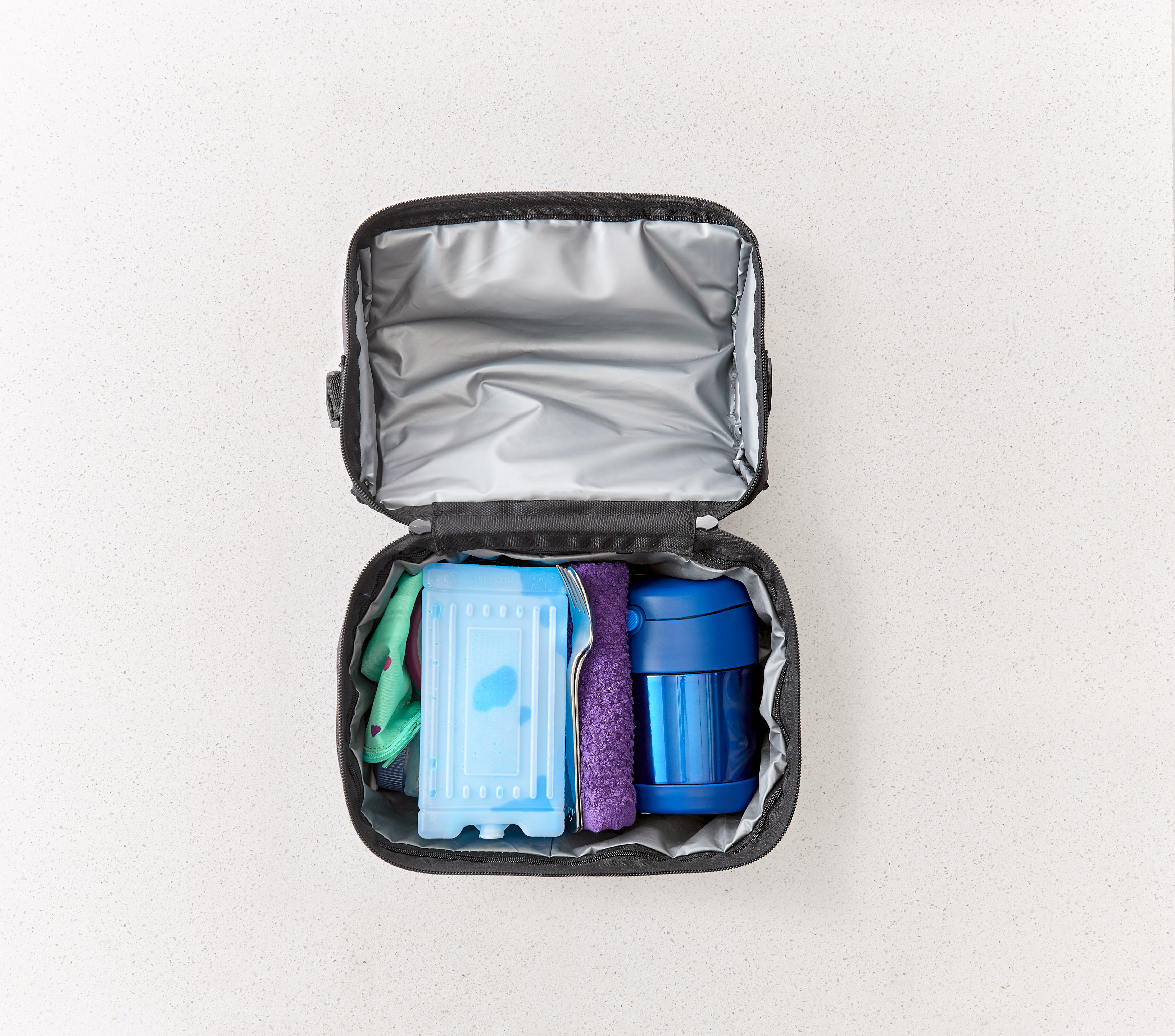How to prevent food-borne illnesses and send safe lunches?
We often think about positive eating habits when preparing lunches. But it’s important to keep food safety in mind too.
A matter of prevention
Here are some tips for preventing food-borne illnesses (food poisoning) when you’re making lunch for yourself or your child.
- Make sure the counter, lunch box, containers and ice packs are clean.
- Before preparing the lunch box, wash your hands with warm water and soap.
- Opt for a reusable, insulated lunch box. It will protect the food and keep it at the right temperature.
- If you prepare lunches the day before, leave any perishable foods in the refrigerator until morning.
- Use an ice pack to keep food cool.
- Use a Thermos to keep hot food hot.
- Fill the Thermos with boiling water.
- Close the lid, and wait about 10 minutes.
- Reheat the food. It needs to be very hot to keep it at the right temperature until lunchtime.
- Empty the Thermos and pour in the reheated food.
- After lunch, throw away all leftover perishable foods (e.g., milk, meat sandwiches, stews).
Bacteria that can cause food-borne illnesses develop very quickly on some foods. Perishable foods (e.g., yogurt, meat, cheese) must stay out of the temperature danger zone (4°C to 60°C). This makes them safe to eat at lunchtime.
Foods that must be kept cold
- Yogurt, cheese and milk
- Meat, poultry, fish and seafood
- Eggs
- Salads made with legumes, vegetables, pasta or rice
- Fruits and vegetables (peeled, cut or leafy)
- Foods containing mayonnaise or other sauces
- Tofu spread and hummus
If you heat up food at home, it must be put in a Thermos. It must remain at an appropriate temperature (above 60°C) until lunchtime.
Foods that can be kept at room temperature
- Fruits and vegetables (unpeeled, uncut)
- Bread, tortillas and pitas
- Muffins or granola bars
- Crackers
- Trail mix with seeds and dried fruits
- Dry cereal
- Canned salmon or tuna (unopened)

